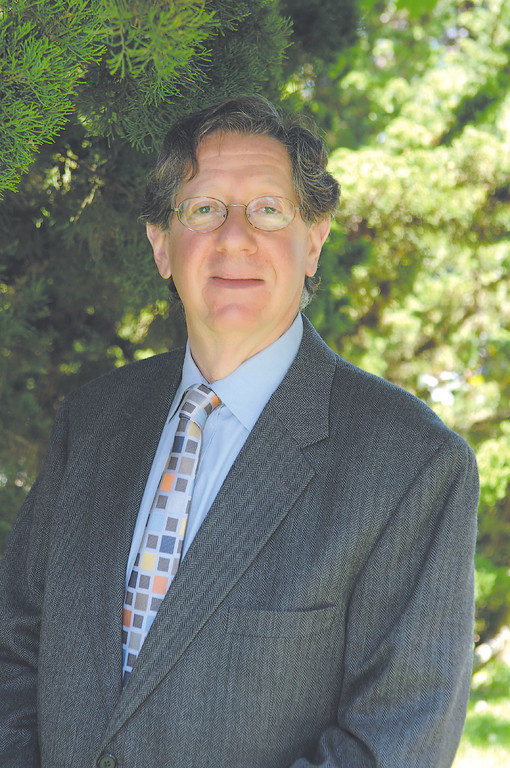The Kosher Bookmark:Our Sinai heritage on-line
Rabbi Moshe Taragin, in an interesting essay entitled, “A Desert Gift” [vbm.org/Shavuot], writes an interesting thesis on the importance of the venue of the desert for the revelation at Mt. Sinai.
One series of very perceptive observations caught my attention and I wish to share them with you. Quoting from the Midrash Bamidbar 1:1, Rabi Taragin cites the following:
“Whoever does not transform himself into hefker as a desert cannot acquire the inner wisdom of Torah.”
Rabbi Taragin teaches from this Midrash the following lesson:
“This Midrash casts a desert as a region liberated from human comfort – both material and psychological. By extension, the message becomes, ‘If a person conditions himself as a desert – empty of any luxuries – he will succeed at Torah growth.’ From this vantage point, the desert climate exemplifies the notion that Torah cannot be acquired through the pleasures normally associated with urban life and the comforts which civilization offers. Its pursuit must be relentless, inflexible, fierce, even harsh. Commitment to Torah cannot be leisurely or relaxed. As such, this Midrash aligns with the Gemara in Berachot [63b] which demands self-annihilation in the pursuit of Torah, and the famous Mishna in Avot [4:6] which describes ideal study accompanied by meals of unadorned bread, simple water and meager living conditions. The Midrash does not sound the stridency of Berachot or the economic hardship of the Mishna in Avot, but it does place Torah accomplishment in the wild and jagged sands of the inhospitable desert.
Rabbi Taragin concludes his thesis with the following most perceptive teaching:
“The most significant moment in legal and moral history, in prophetic experience and in national development, occurred in a barren windswept region. Har Sinai, as a mountain, possesses no long-standing import. It retains no halachic kedusha and possesses no spiritual identity. Archaeologists and historians may endeavor to discover its identity, but in the spiritual world of religious observance its moment has long since passed.
However, at that moment, the mountain and the desert hosted this seminal event and the messages of the 6th of Sivan were delivered through landscape as well as legislation.”
Next time you visit Israel and travel the desert, think back concerning these teachings, sit in a quiet place and meditate, taking yourself back in time and consider all that transpired on that fateful first Chag HaShavuot, zeman mattan Torateinu.
Bar Ilan University’s Parashat Hashavua Study Center’s Shavuot message this year is titled, “Rabbi Yehudah Amital on Torah Study” by Dr. Aharon Arend of their Department of Talmud.
Dr. Arend opens his essay with the following observation:
“The Feast of Weeks, which celebrates receiving the Torah at Mount Sinai, is a fitting time to consider the matter of Torah study. From time to time our rabbis encourage the community to study Torah, each leader in accordance with his audience and his views, on the place of Torah study in our lives.”
Given this as his basic premise, the author dedicates and devotes his focus upon the legacy of his mentor, Rabbi Yehudah Amital, zt”l,, the Rosh Yeshiva, and founder, of the Har Etzion Hesder Yeshivah in Alon Shevut for some 40 years.
This essay goes into great detail on Rav Amital’s views on the following concepts and topics: the importance of studying, what should be studied, persistence in learning, the role and goals of the yeshivah student, spreading knowledge of the Torah, and the importance of having a bright countenance.
It is on this last rather exotic point that I will quote a segment, thus giving you a flavor of Rav Amital’s unheralded, yet vital importance as a Gadol Hador for all Klal Yisrael.
“Rabbi Amital was of the opinion that those who study Torah should be happy and smiling and not go around with dark, gloomy faces. Thus he said of Rabbi Moshe Tzvi Neriah, zt”l, head of Kfar ha-Roeh Yeshiva:
“When I first came to the land of Israel…I found the bright countenance of those studying Torah missing … the feeling of the Torah being ‘beautiful’ missing. With all due respect to the yeshivah students whom I met, their faces generally seemed clouded over … but when I met Rabbi Neriah I discovered a world of beauty, a world of bright countenances. This was a new variety of Torah Jew, a person with openness, with good spirits. Not a defensive stance, but beautiful language, wonderful measured sentences. Revealed before my eyes I beheld the beauty of a Torah scholar….Many years ago, I was asked by Rabbi Frank’s son-in-law, Rabbi Landau, ‘What did you see in Rabbi Neriah?’ I answered him: ‘an aesthetic sense. He revealed to me the beauty of Torah, the loving kindness of Torah.’”
As we enter the great festival of Shavuot, the anniversary of the great Revelation, a smile should come to our faces that should reflect both the theme and purpose of this season. Such a smile should continue to be with us, thus demonstrating our confidence in the truths of our faith and in the honesty of our lifestyle for us and our community.

 61.0°,
Mostly Cloudy
61.0°,
Mostly Cloudy 




